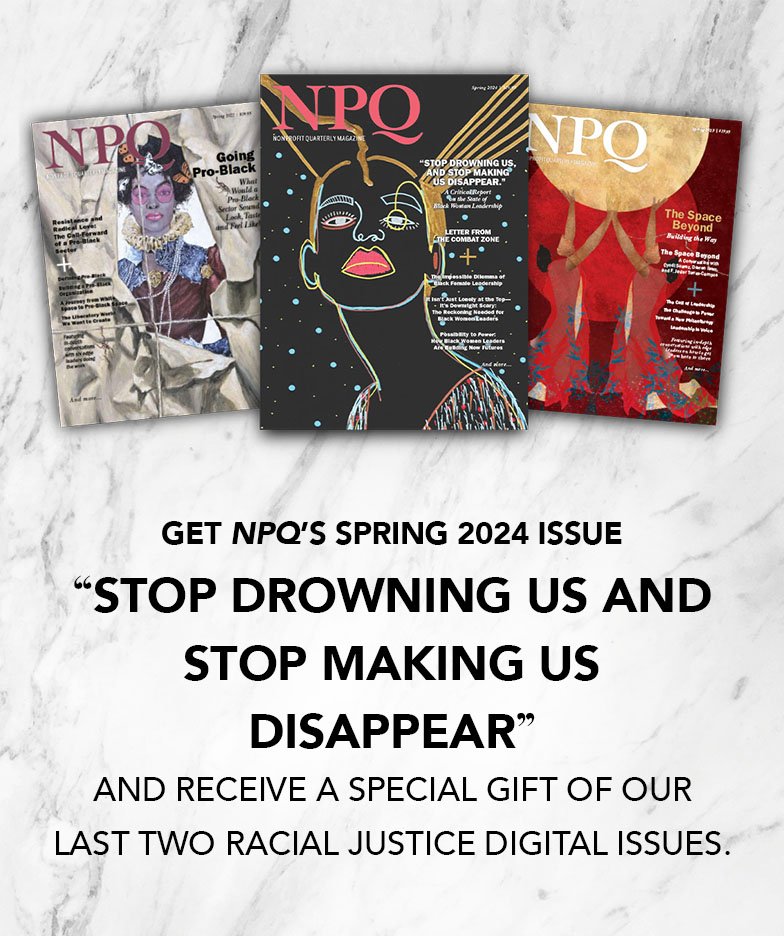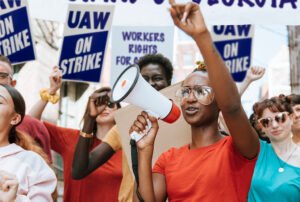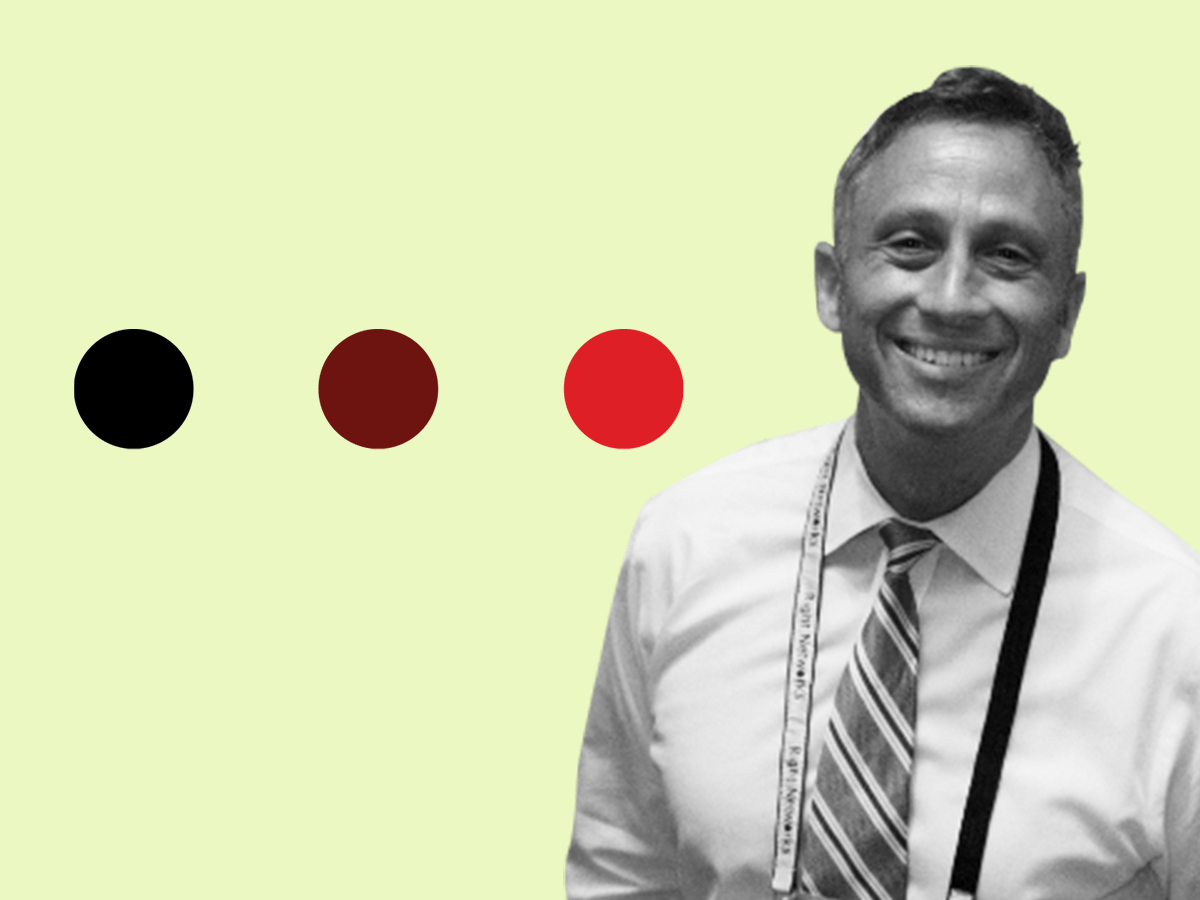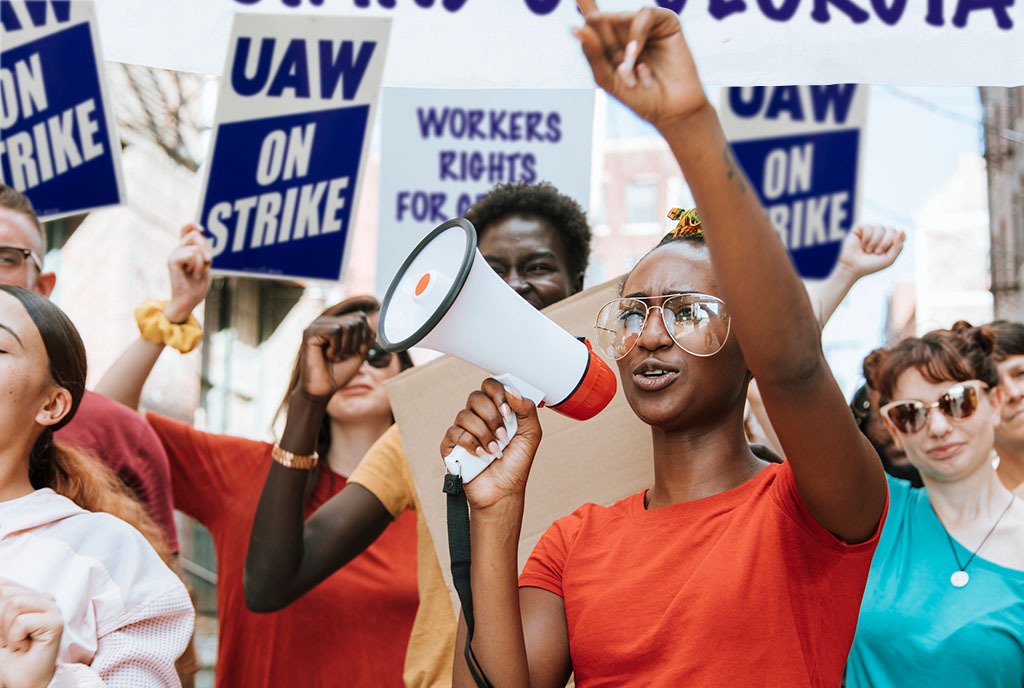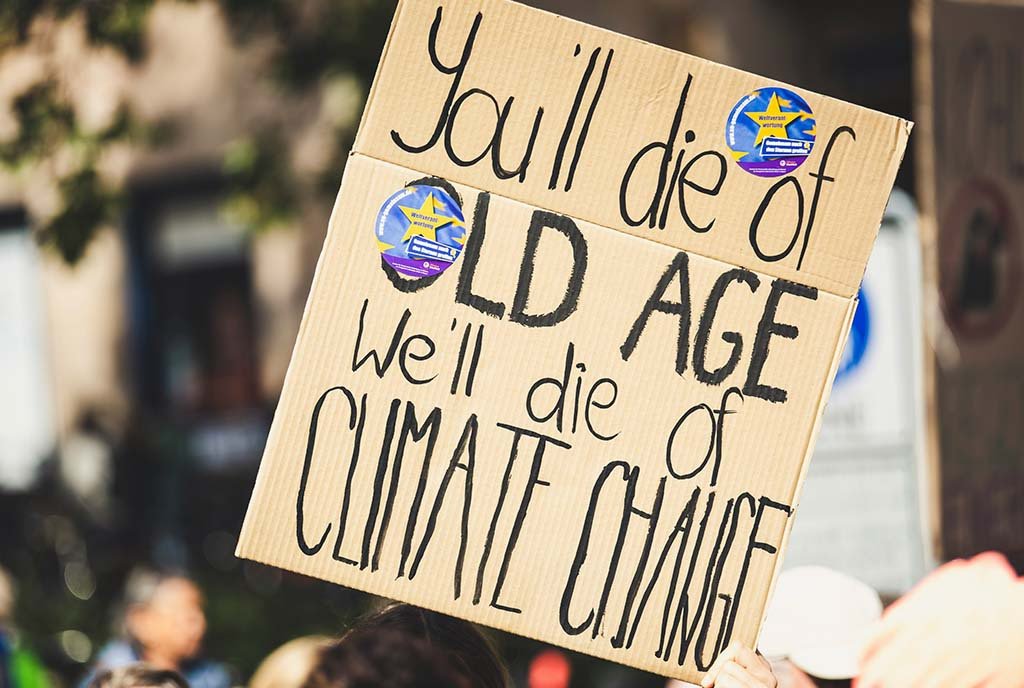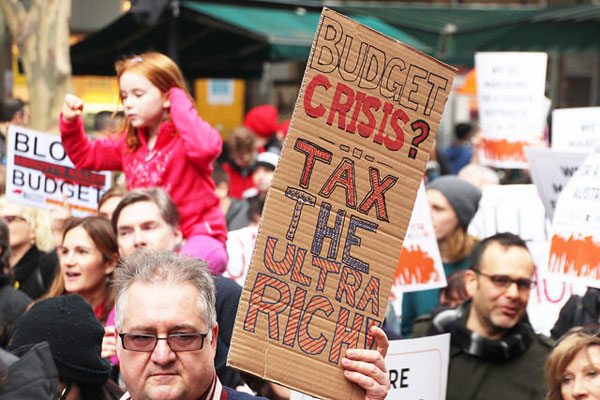
April 25, 2018; Reuters
A newly release study from the Hauser Institute for Civil Society at the Harvard Kennedy School claims that we are in a “global age of philanthropy,” where the number and wealth of foundations is increasing. Discerning readers must ask, what does this mean about the structure and expectations of society?
The study’s author, Paula Johnson, says, “[Due to] the rapid growth of wealth around the world, more individuals and families [have] the ability to create philanthropic capital.” The increase in philanthropy is due not just to a growth in wealth, but a growth in inequality, concentrating wealth at the top. A 2014 study showed that “both average giving and median giving as a percentage of income have been declining,” and a 2017 article noted that “the less-well-off give a higher percentage of their income than the wealthy.”
Nevertheless, Johnson claims that “recent years…have seen a marked and promising change in charitable giving—wealthy individuals, families, and corporations are looking to give more, to give more strategically, and to increase the impact of their social investments.”
Johnson’s report, “Global Philanthropy Report: Perspectives on the global foundation sector,” contains some staggering statistics. There are 260,000 foundations worldwide, with by far the greatest concentration of organizations (33 percent) and wealth (60 percent) in the United States. The Gates Foundation is, of course, the largest, with assets over $44 billion, four times the size of the next largest US foundation (Ford). The US also has the largest percentage of private foundations, compared to other countries where corporate or government foundations are more prominent. Three quarters of foundations have been established in the last 25 years, causing Johnson to dub this the “age of foundations.”
Sign up for our free newsletters
Subscribe to NPQ's newsletters to have our top stories delivered directly to your inbox.
By signing up, you agree to our privacy policy and terms of use, and to receive messages from NPQ and our partners.

The responsibility for social welfare is not just about where the money comes from. A shift in roles raises important questions about who decides what issues should be addressed, how resources should be distributed, and the status and power accorded to those giving and receiving assistance.
For instance, Johnson’s study showed that the area of giving most popular with philanthropists was education, because “education is seen as the key to individual opportunity and the engine of national economic prosperity.” Globally, 35 percent of foundations devote at least some of their resources to this area. In the US, however, that figure was 93 percent. Conversely, though the 2016 census showed that 12.7 percent of people in the world’s wealthiest country live in poverty, poverty alleviation did not make the top five categories of spending for US foundations.
There are lots of reasons this could be the case. People with great wealth tend not to live near people without it, which can isolate them from the raw need of those who are desperately poor. A 2017 article in Scientific American showed that “wealthier individuals are more likely to give money when presented with a request that appeals to their sense of independence and self-reliance.” Though it has been proven false, the myth of the “bootstrapper” who pulls him- or herself out of poverty through sheer force of will and self-improvement has a tight grip on the American consciousness, and it may be that wealthy individuals prefer to think of themselves as enabling the poor to help themselves rather than redistributing wealth. If this well-intentioned but misguided wish to enable the “American Dream” is what’s directing charitable dollars, then we have to ask how attention gets paid to the big, ugly problems plaguing those on the bottom of the social pyramid, which include but are not limited to the need for good education.
Even the language of the report alludes to the power that comes from great wealth. Johnson describes wealthy individuals as looking to “give more strategically, and to increase the impact of their social investments,” and participate in philanthropy that serves as a “role model” for others. What return, particularly, is expected from these investments? She also mentions that “remarkably little is known about the related resources and their deployment at the national, regional, and global levels,” meaning that billions of dollars have been invested in economies without systemic oversight. If we are truly in an “age of philanthropy,” perhaps it’s time for an “age of self-examination” in the sector as well. The civil sector was largely built to support democratic action, but are big philanthropy’s current narcissistic habits mostly a thwarting of it?—Erin Rubin

